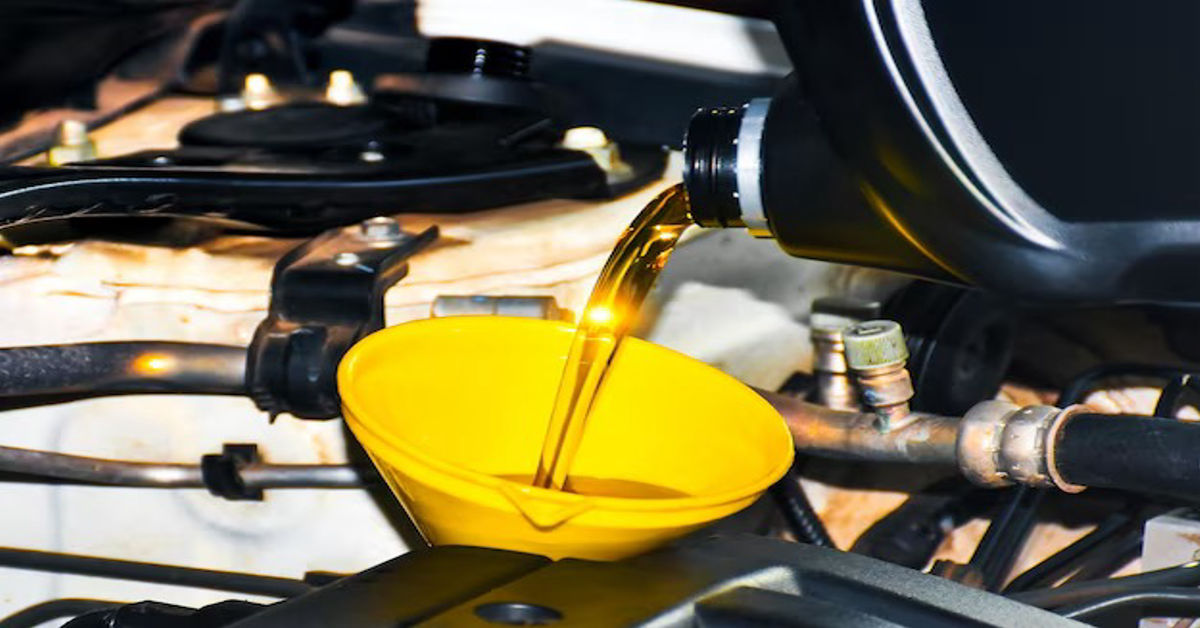Maintaining your Honda with regular oil changes is one of the simplest yet most impactful things you can do to ensure a long, healthy engine life. Whether you’re a weekend DIY enthusiast or someone who prefers the convenience of a professional service, knowing the essentials of a Honda oil change empowers you to make better decisions for your vehicle’s well-being.
Why Oil Changes Matter ?
Motor oil is the lifeblood of your engine. It lubricates moving parts, reduces heat buildup, minimizes wear, and helps carry away harmful particles. Over time, engine oil breaks down due to heat and contamination. Skipping oil changes or delaying them can lead to increased engine wear, reduced efficiency, and even engine failure in severe cases. Think of it as a regular check-up for your car’s heart.
How Often to Change Honda Oil
Manufacturer Guidelines vs Real-World Practice
Most modern Hondas come equipped with an intelligent Maintenance Minder system that calculates oil life based on your driving habits, climate, and engine conditions. However, not all drivers feel comfortable relying solely on sensors. Here’s how the real-world application breaks down:
- Maintenance Minder System: Change oil when prompted or at least once per year.
- Frequent Short Trips or City Driving: Every 3,000 to 5,000 miles.
- Highway and Light Use with Full Synthetic Oil: 7,500 to 10,000 miles.
- Low Mileage or Rarely Driven Vehicles: Every 12 months regardless of mileage.
This schedule balances the technical capability of modern synthetic oils with common-sense habits developed by long-time Honda owners.
Quick Reference Table
| Driving Style / Scenario | Recommended Oil Change Interval |
| Following Maintenance Minder | As prompted or annually |
| Stop-and-go or Turbocharged Engine | 3,000 to 5,000 miles |
| Highway Driving with Full Synthetic Oil | 7,500 to 10,000 miles |
| Rarely Driven Vehicle | Every 12 months |
DIY vs Professional Oil Change
DIY Oil Change Benefits
Taking the DIY route for oil changes can be incredibly rewarding and cost-efficient. Here’s why many Honda owners prefer doing it themselves:
- Cost Savings: You can change your oil for as little as $40 in parts.
- Quality Control: Choose your own high-quality oil and filter.
- Satisfaction: There’s a sense of accomplishment in maintaining your own vehicle.
When Professional Help Makes Sense
For those without tools, time, or a suitable workspace, professional oil change services are a great alternative:
- Convenience: Done in 20–30 minutes.
- Proper Waste Disposal: Used oil and filters are properly recycled.
- Multi-point Inspection: Many shops include free checks of other systems.
Step-by-Step DIY Honda Oil Change
What You’ll Need
- 0W-20 Full Synthetic Motor Oil (or check your owner’s manual)
- OEM or high-quality oil filter
- Socket wrench set
- Oil filter wrench
- Oil drain pan
- Funnel
- Jack and jack stands or ramps
- Gloves and paper towels
Step-by-Step Instructions
- Prepare the Car: Ensure your engine is cool. Park on a level surface and secure the vehicle with ramps or jack stands.
- Drain Old Oil: Place the drain pan under the oil pan. Remove the drain plug and let the oil fully drain.
- Remove Old Oil Filter: Use a wrench if needed. Be careful—some oil may still be inside.
- Install New Filter: Apply a thin layer of fresh oil to the new filter gasket. Screw on by hand until snug.
- Replace Drain Plug: Reinsert and tighten the drain plug securely.
- Add New Oil: Use a funnel to pour in the correct amount of new oil. Check the dipstick to ensure the level is just below maximum.
- Run Engine Briefly: Let it idle for a few minutes, then shut it off and recheck the oil level.
- Reset Maintenance Minder: Use dashboard controls to reset the oil life indicator.
Common Owner Tips & Tricks
- Mess-Free Filter Removal: Slide a plastic bag over the old filter before removal to catch drips.
- Strap Wrenches Over Cap Wrenches: Better grip and torque without damaging the filter.
- Use Ramps or Remove Front Wheel: On some models, removing a wheel improves access.
- Don’t Over-Tighten: The oil filter and drain plug should be snug but not torqued excessively.
- Use an Oil Drain Valve: Install one for future oil changes to be tool-free and cleaner.
Handy Table: Oil Specs by Honda Model
| Honda Model | Engine Type | Oil Viscosity | Oil Capacity (with filter) |
| Civic, Accord, Fit | 4-Cyl NA/T | 0W-20 Synthetic | Approx. 3.8 quarts |
| CR-V, Odyssey | 4-Cyl or V6 | 0W-20 Synthetic | Approx. 4.4 to 4.6 quarts |
| Pilot, Ridgeline | V6 | 0W-20 Synthetic | Approx. 4.6 quarts |
| Turbocharged Models | 1.5T / 2.0T | 0W-20 Synthetic | Approx. 4.0 quarts |
Always confirm with your owner’s manual for model-specific requirements.
Conclusion & Call to Action
An oil change might seem routine, but it’s the foundation of long-term engine health. Whether you’re following your car’s onboard reminders or maintaining a strict mileage schedule, consistency is what matters most. Try a DIY oil change for more control and satisfaction, or choose a professional service for speed and ease.
Want more vehicle maintenance tips tailored to Honda owners? Subscribe to our newsletter or share this guide with a fellow driver who takes pride in their ride.
Frequently Asked Questions
What if I drive very little?
Even if you only drive a few thousand miles a year, change your oil at least once every 12 months. Oil can degrade from age, moisture, and contaminants.
Is it safe to rely on the Maintenance Minder?
Yes. The system is designed to assess real-time engine conditions. However, many owners still change oil every 5,000 miles out of habit or caution.
Can I use any synthetic oil brand?
Yes, as long as it meets the required specifications (usually API SN or SP, and 0W-20 viscosity). Stick to reputable brands.
Do I need a Honda-branded filter?
OEM filters are recommended but not essential. High-quality aftermarket options from reputable manufacturers also work well.
How tight should the oil filter be?
Hand-tighten until the gasket makes contact, then an additional quarter to half-turn. Avoid using tools unless necessary.







